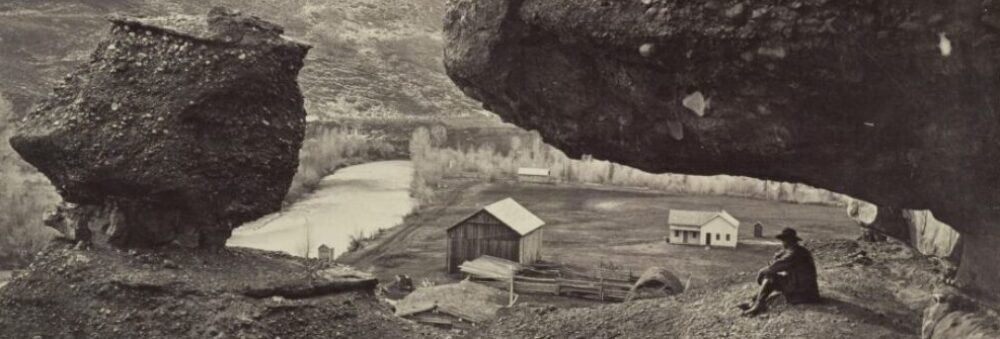
Princeton’s holds an open collection of pre-Columbian and Colonial manuscripts, documents, and artifacts, dating from the 7th to the 19th century. Contents include land documents, a manuscript copy of Nahuatl play concerning the Wednesday of Holy Week, incised bone with Maya glyphs, leather maps with glyphs, Zapotec text on bone, Maya funerary vessels, and an Inca quipu. Texts are written in Latin script or Maya hieroglyphics. Languages represented include Zapotec, Yucatec, Nahuatl, and Chinanteco. Several of the manuscripts also include Spanish and/or Latin text.

The Princeton Collections of the American West began in 1947 with the gift of printed materials and manuscripts focused on overland narratives, the cattle trade, and the Rocky Mountain West collected by Philip Ashton Rollins, Class of 1889. When the Rollins collection took its place in the newly opened Firestone Library, Princeton’s interest in the American West was clearly set. Over the course of six decades, the collection expanded to include indigenous languages and the history of the American Indian, the Spanish Southwest, the Church of Jesus Christ of Latter-day Saints (LDS), territorial imprints, and photography of the American West.

Print Culture in Indigenous North America gathers Special Collections holdings of pre-twentieth-century Indigenous print material as it seeks, in the words of Philip Round, “to tease out the complex interactions between alphabetic literacy, Native graphic sign systems, and the ideology of the book.” The project covers key moments in the development of Indigenous print culture—seventeenth-century Puritan approaches to Christian missionary work in Indigenous languages; late eighteenth and early nineteenth-century emergence of Native American authors (publishing primarily in English); and the spread of printing into “Indian Country” and a subsequent reemergence of printed Indigenous language texts throughout the nineteenth-century. These periods capture the development of alphabetic literacy (such as the Cherokee syllabary devised by Sequoyah in 1819-20) as well as provide a vital historical record of Indigenous languages in support of language revitalization projects (such as the Wôpanââk Language Reclamation Project)
